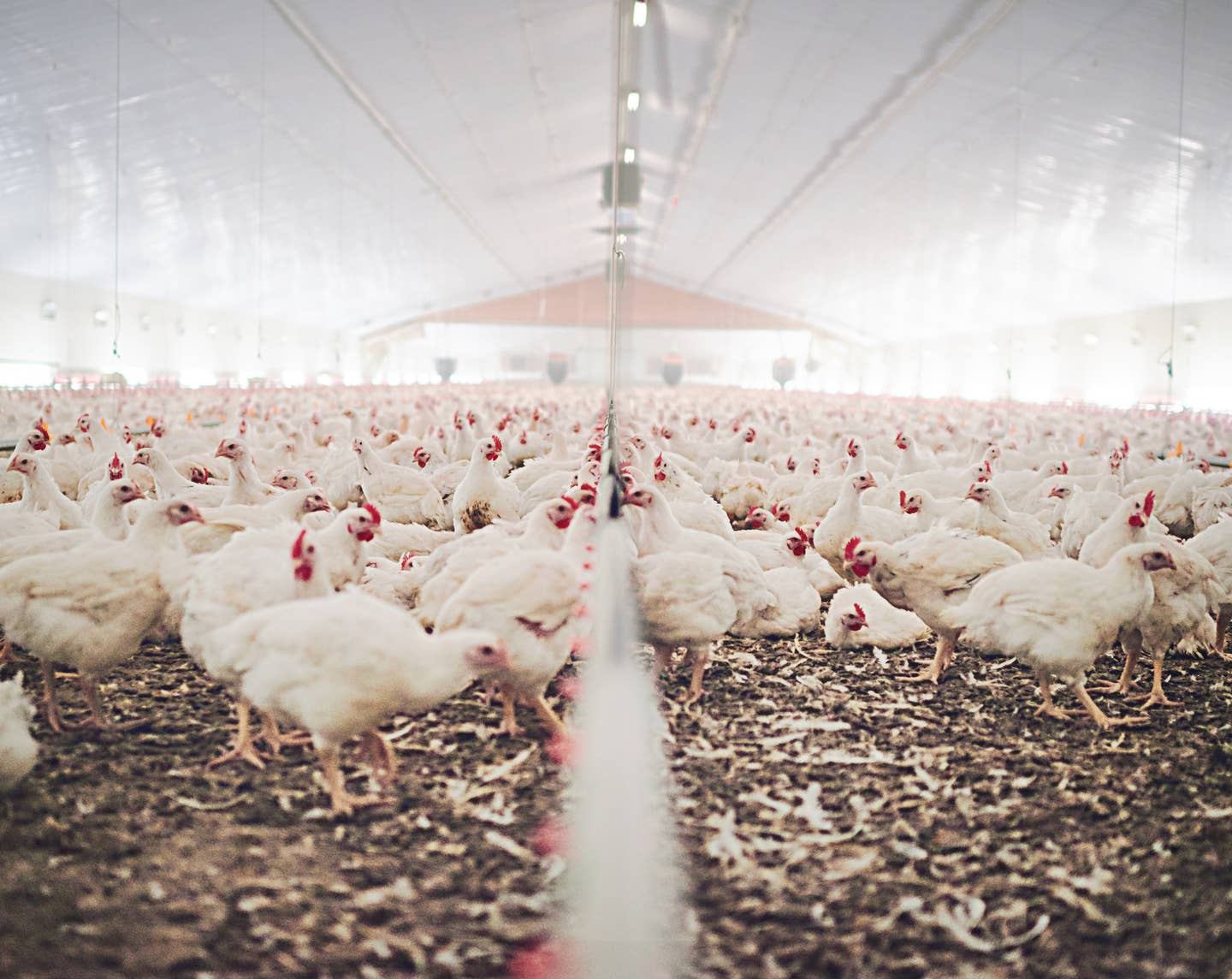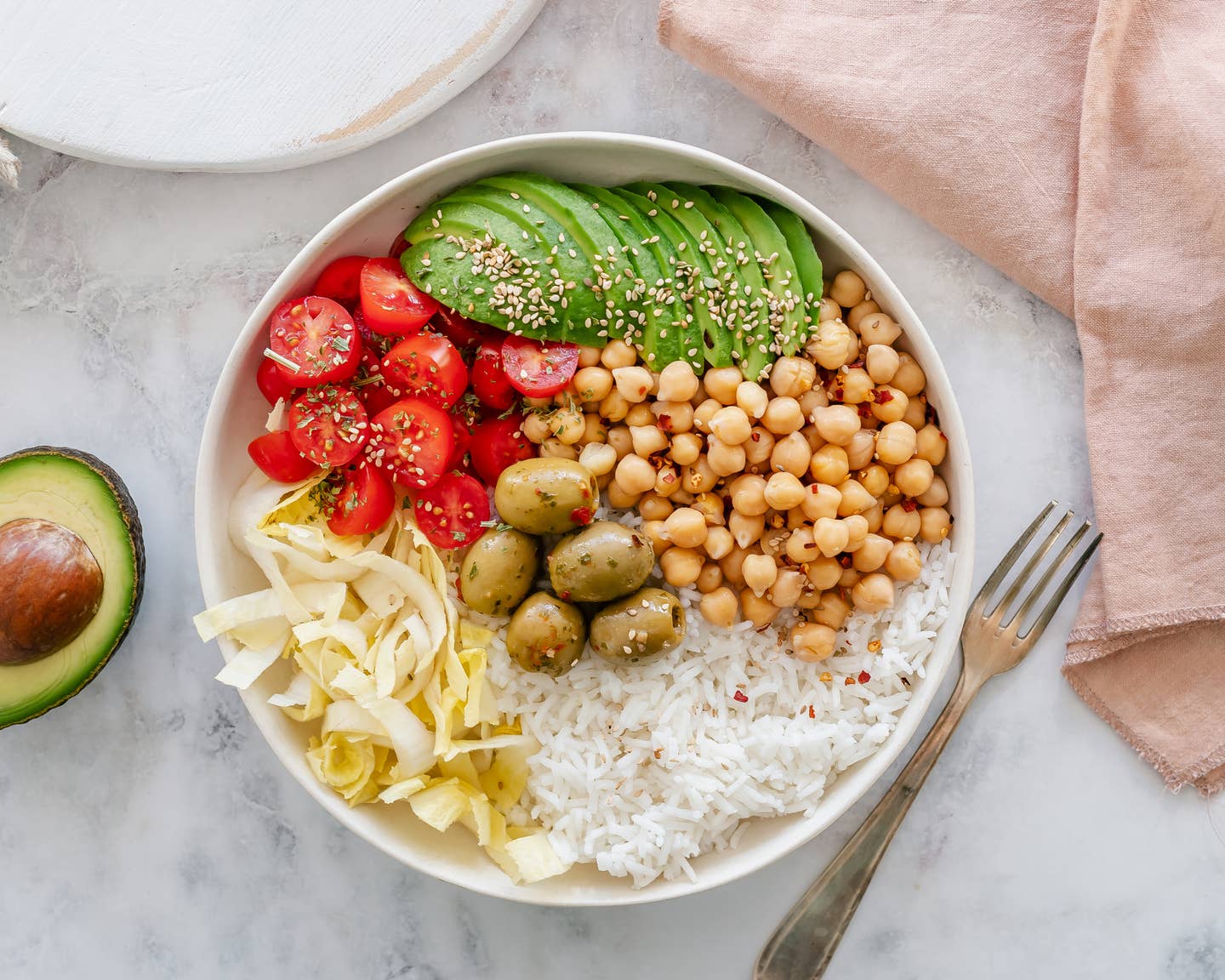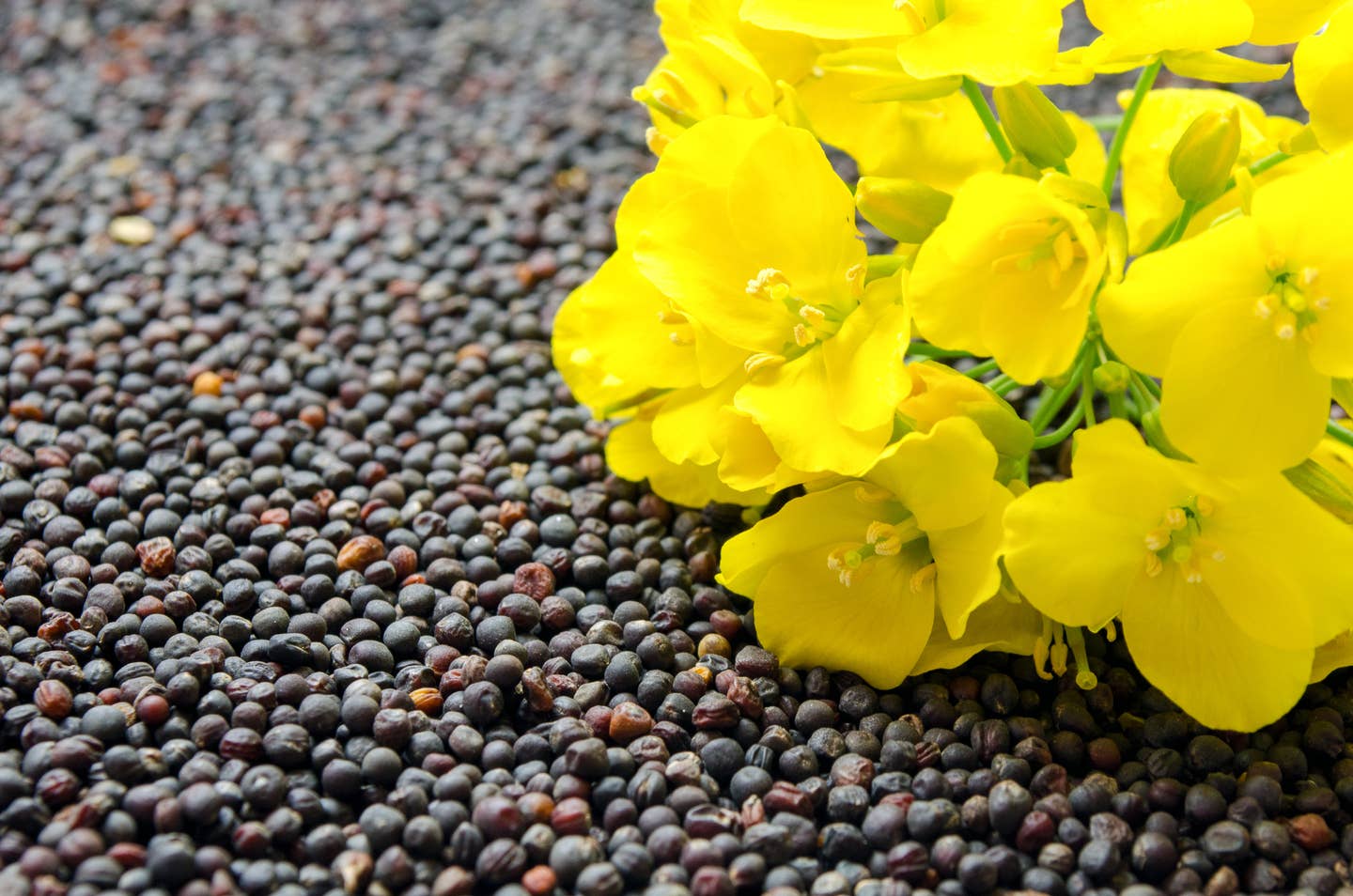
Kids Are Less Inclined Than Their Parents to Eat Meat, Study Finds
Don't call kids picky eaters – they may have a good reason behind their food preferences. A new study examined how our perceptions of food and animals change as we age, analyzing how kids look at food and its relationship to animals. In general, kids view animals as food far less than adults do, suggesting that children believe that eating meat and dairy is “less morally acceptable.” By examining people’s relationship to food, the study investigates when during our lifespan, eating meat becomes acceptable.
Published in the journal Social Psychology and Personality Science, researchers from the Univesity of Exeter set out to examine “speciesism” – the assumption of human superiority to animals – across different age groups. The research team surveyed 479 people ranging from age nine to 59. The participants were then separated into three age groups: Children (ages nine to 11), young adults (ages 18 to 21), and adults (ages 29 to 59).
The study concluded that compared to young adults and adults, children were far less likely to consider farm animals as food. The youngest children also believed farm animals should be treated better and expressed their belief that eating meat is less acceptable. The study suggests that people are not born believing it is acceptable to eat meat, but rather begin to eat meat through social conditioning.
“Our findings suggest we need to consider how we talk to children about humans’ relationship with non-human animals,” Lead Author Luke McGuire said. “Children are motivated to consider harm against the natural world, including animals, and as such we might want to consider beginning these discussions about food decisions early in life.”
The study also notes how different animals are categorized as food and others as pets, highlighting how younger children do not inherently see farm animals as food. The justification for meat consumption comes from society, meaning that by boosting information about plant-based foods, younger generations could move away from animal consumption.
“People regularly hold ethical values that contradict each other and employ moral double standards,” the study reads. “Many people also accept great harm to some animals. For example, people readily justify cruel treatment that often happens in factory farming. Hence, people care strongly for some animal species and (at least tacitly) simultaneously endorse the maltreatment of others.”
Younger Generations Could Provide the Solution For Climate Change
The University of Exeter’s study joins a growing body of research that reveals that the younger generation cares more about sustainability and animal welfare than older generations. Another study from The Food Institute found that 65 percent of Gen Z’ers want a more plant-forward diet. Between animal welfare and growing environmental concerns, the younger generation is more likely to hold the animal agriculture industry accountable for these damages.
More people than ever currently eat plant-based for the environment. One survey found that 48 percent of people eat plant-based for the environment, and recently, more people have taken up the title of climatarian – a person whose diet is determined by the climate crisis. Another survey found that 55 percent of consumers now consider sustainability when shopping at the grocery store.
“As with all social psychological processes, it is worth stepping back to consider where these attitudes and cognitions come from,” McGuire said. “Critically examining our relationship with animals ought to be a primary goal of tackling climate change and one that begins in childhood.”
With new information about younger generations, prioritizing plant-based and sustainable eating is more possible than ever. Even eating a partly plant-based diet could save nearly 500 species from extinction. By promoting plant-based eating among younger generations, people could protect animals (both inside and outside the food systems) and reduce greenhouse gas by as much as 60 percent. The clock is ticking, according to the UN’s most recent IPCC report. This study on speciesism suggests hope might rest in the younger generations.
Top 10 Sources of Plant-Based Protein According to a Nutritionist
1. Seitan
Protein: 21 grams in ⅓ cup (1 ounce) Seitan isn’t as popular as other proteins, but it should be! Made from wheat gluten, its texture resembles ground meat. It’s often used in pre-made veggie burgers or meatless nuggets. Seitan has a savory taste, like mushrooms or chicken, so it works well in dishes that call for an umami flavor. With a hearty texture, seitan can be the star of practically any vegan main dish. Add it to stir-fries, sandwiches, burritos, burgers, or stews. Like tofu, seitan will take on the flavor of any marinade or sauce.
2. Tempeh
Protein: 16 grams in 3 ounces If you like a protein with a bit of bite, add tempeh to your list. Made from fermented soybeans, tempeh has a slightly nutty flavor and is pressed into a block. Most varieties include some sort of grains, such as barley or millet. Not only is tempeh a plant-based source of protein, but the fermentation process also creates good-for-your-gut probiotics. You can cut tempeh right off the block and use it as the base for a sandwich or pan-fry it with some sauce. Or, crumble, heat, and make it the star of your next taco night.
3. Lentils
Protein: 13 grams in ½ cup cooked Lentils come in multiple varieties--red, yellow, green, brown, black. Regardless of the type lentils are small but mighty nutritional powerhouses. They pack a good amount of protein as well as iron, folate, and fiber. When cooked, brown lentils retain their texture and can be the base for a grain bowl or make a hearty substitute for ground meat in meatballs, lasagna, tacos or Bolognese. Red lentils are a bit softer and make a nice add-in for a hearty soup, chili, or stew.
4. Hemp Seeds
Protein: 10 grams in 3 tablespoons Hemp seeds are a tender and nutty seed, derived from the hemp plant. They contain good amounts of omega-3s, iron, folate, magnesium, phosphorus, and manganese. They are also a solid source of both soluble and insoluble fiber, which helps to keep your digestive tract healthy and humming. Because they pack a double whammy of protein and healthy fats, hemp seeds can help satisfy hunger, preventing those embarrassing stomach growls as you slog your way to your lunch break. Add them to your morning smoothie or sprinkle them on top of yogurt, oatmeal, or even a salad.
5. Tofu
Protein: 9 grams in 3 ounces (⅕ of a block) Made from coagulated soybeans, tofu is the most popular plant-based protein. Soy is one of the only meatless "complete" proteins, meaning that it contains all of the essential amino acids that the body can’t make but needs for muscle and immune function. With 15% of your daily calcium needs, tofu is also a good replacement for dairy.
6. Edamame
Protein: 9 grams of protein in ½ cup This sushi appetizer is a nutrient powerhouse, so eat it anytime. Edamame is really just another name for soybeans in their pods. Let’s list off some stats--a small ½-cup serving of edamame has 9 grams of protein, 15% of your daily vitamin C, 10% of your daily iron and 16% of your daily fiber. Keep a bag of edamame in your freezer to serve as a fun-to-eat side dish or opt for the shelled variety to toss into salads or a grain bowl.
7. Quinoa
Protein: 8 grams per cup (cooked) Quinoa is an ancient grain and since it's gluten-free a great choice for anyone avoiding gluten. Add it to your burger recipe to create filling texture, or instead of meat in your taco or burrito. Quinoa is among the healthiest foods on the planet, delivering phytonutrients that have anti-inflammatory qualities, so keep it in your pantry for any meal that needs a filling grain. Just remember to soak it and rinse before cooking to get rid of any bitter taste.
8. Black Beans
Protein: 7 grams in ½ cup (canned) Eating beans on the regular might as well be a prerequisite for a plant-based diet. Not only are canned black beans inexpensive, but they also contribute 10% of your daily iron and 25% of your daily fiber to your diet. For less than $1 a can, beans can be the star of tacos, quesadillas, salads, soups, burgers, or dips.
9. Amaranth
Protein: 6 grams in ⅔ cup (cooked) Chances are you’ve never cooked amaranth. But you should, since this tiny, gluten- free grain is packed with almost 30% of your daily fiber and 20% of your daily iron. Cook it like a traditional grain to yield a soft, porridge-like texture. Many people add amaranth to other a hot breakfast cereal mixture, like oats and quinoa. It also pops like popcorn. Toss it in a pot with some oil and wait for it to pop up into a nutritious snack.
10. Peas
Protein: 5 grams in ⅔ cup If peas were one of your most hated veggies as a kid, it’s time to give them another chance. These green beans are a great low-calorie protein to keep in your freezer. Sure, they don’t always taste great when steamed or microwaved (who wants to eat mushy, overcooked peas?), but they do blend well into a yummy puree that can be slathered on toast. To amp up the flavor, add some lemon juice or mint to your mix before you blend.
More From The Beet






